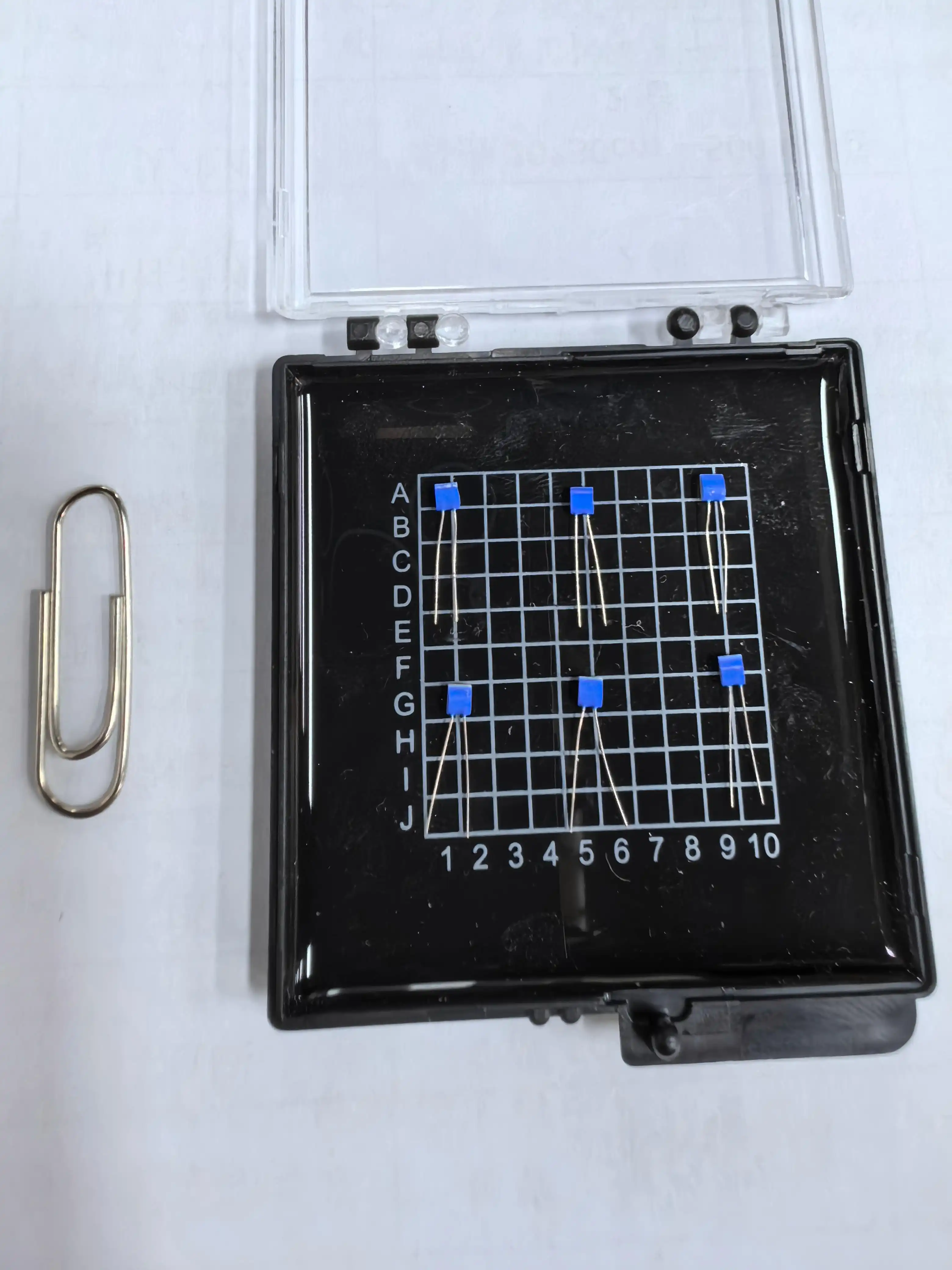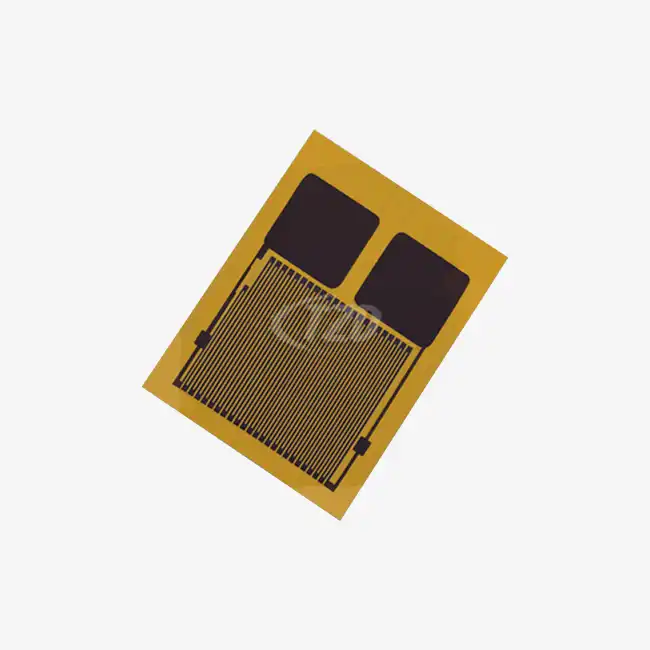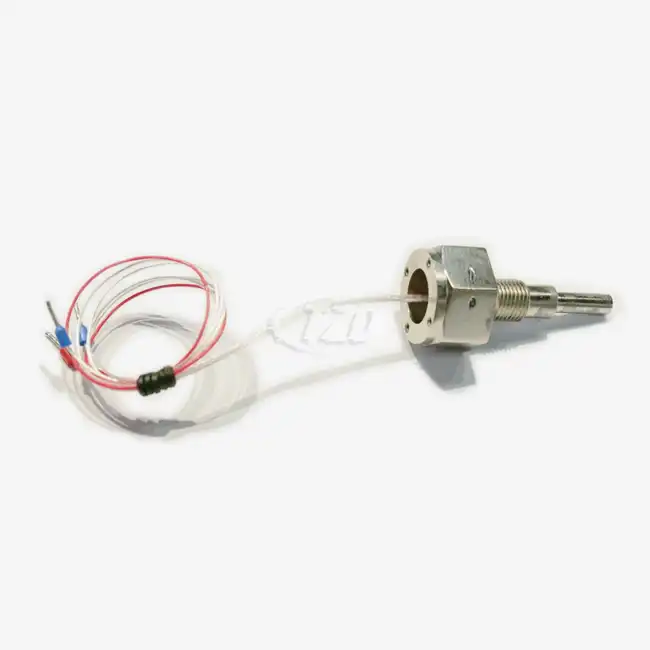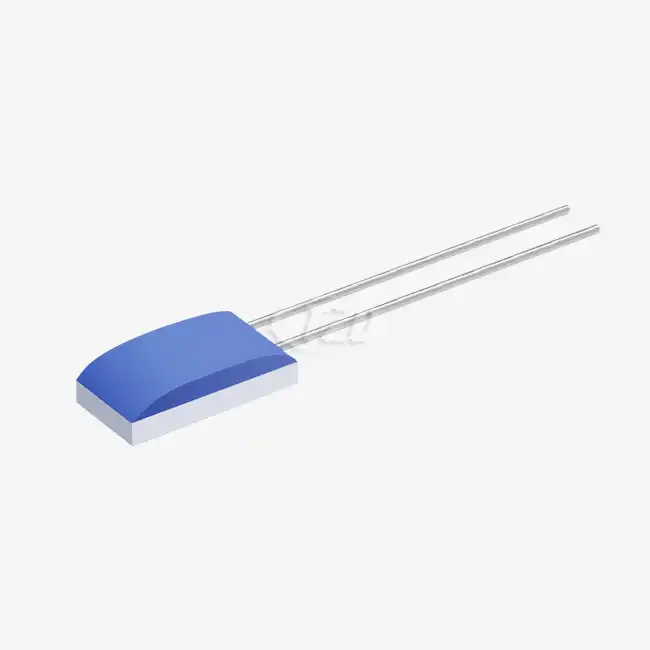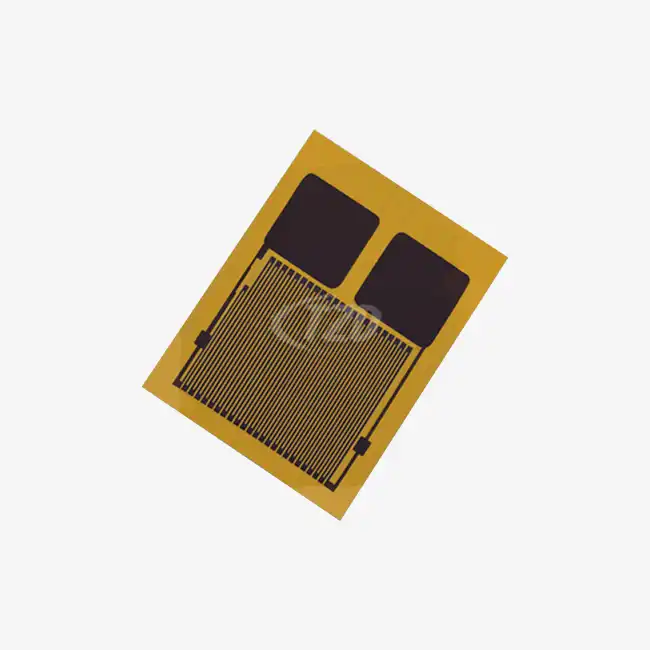Advancements in Materials and Design for High Current Thermal Resistor Sensors
Innovative Materials Enhancing Sensor Performance
The landscape of high current thermal resistor temperature sensors has been transformed by the introduction of cutting-edge materials. Thin film platinum resistance thermistors have emerged as a game-changer in this field. These sensors, with dimensions as compact as 1.2mm x 2.0mm x 1.0mm, offer unprecedented precision in temperature measurement.
The use of platinum-nickel wire for lead materials, with options including silver-palladium and silver-nickel, has significantly improved the sensors' durability and responsiveness. These advanced materials contribute to the sensors' remarkable temperature coefficient of 3850 ppm/°C, ensuring highly accurate readings across a wide temperature spectrum.
Miniaturization and Structural Improvements
The trend towards miniaturization has led to the development of ultra-compact high current thermal resistor temperature sensors. With element dimensions ranging from 1.2mm to 2.3mm, these sensors can be integrated into increasingly confined spaces without compromising on performance.
Basic improvements have too played a pivotal part in making strides sensor unwavering quality. The lead details, regularly 10mm in length and 0.2mm in distance across, coupled with a malleable quality of ≥9 N, guarantee vigor in cruel mechanical situations. This combination of miniaturization and basic judgment permits for more flexible application of these sensors in complex frameworks.
Enhanced Performance Characteristics of Modern Thermal Resistor Sensors
Expanded Temperature Range and Improved Accuracy
One of the most significant advancements in high current thermal resistor temperature sensor technology is the expanded operational temperature range. Modern sensors can now accurately measure temperatures from -200°C to +850°C, a range that covers most industrial and scientific applications.
The accuracy of these sensors has also seen remarkable improvement. With a precision of ±0.01 Ω and long-term stability drift of ≤0.04%, these sensors provide reliable temperature measurements over extended periods. This level of accuracy is crucial in applications where even minor temperature fluctuations can have significant consequences.
Improved Response Time and Resistance to Environmental Factors
The response time of high current thermal resistor temperature sensors has been dramatically reduced, with some models capable of registering temperature changes in as little as 0.05 seconds. This rapid response is vital in dynamic environments where temperature can change quickly.
Moreover, these sensors have been engineered to withstand harsh conditions. With vibration resistance of up to 40g and impact resistance of 100g, they can maintain accuracy even in high-stress industrial settings. The improved insulation resistance, measuring 100 MΩ at 20°C and remaining above 2 MΩ at 500°C, ensures reliable operation across a wide temperature range.
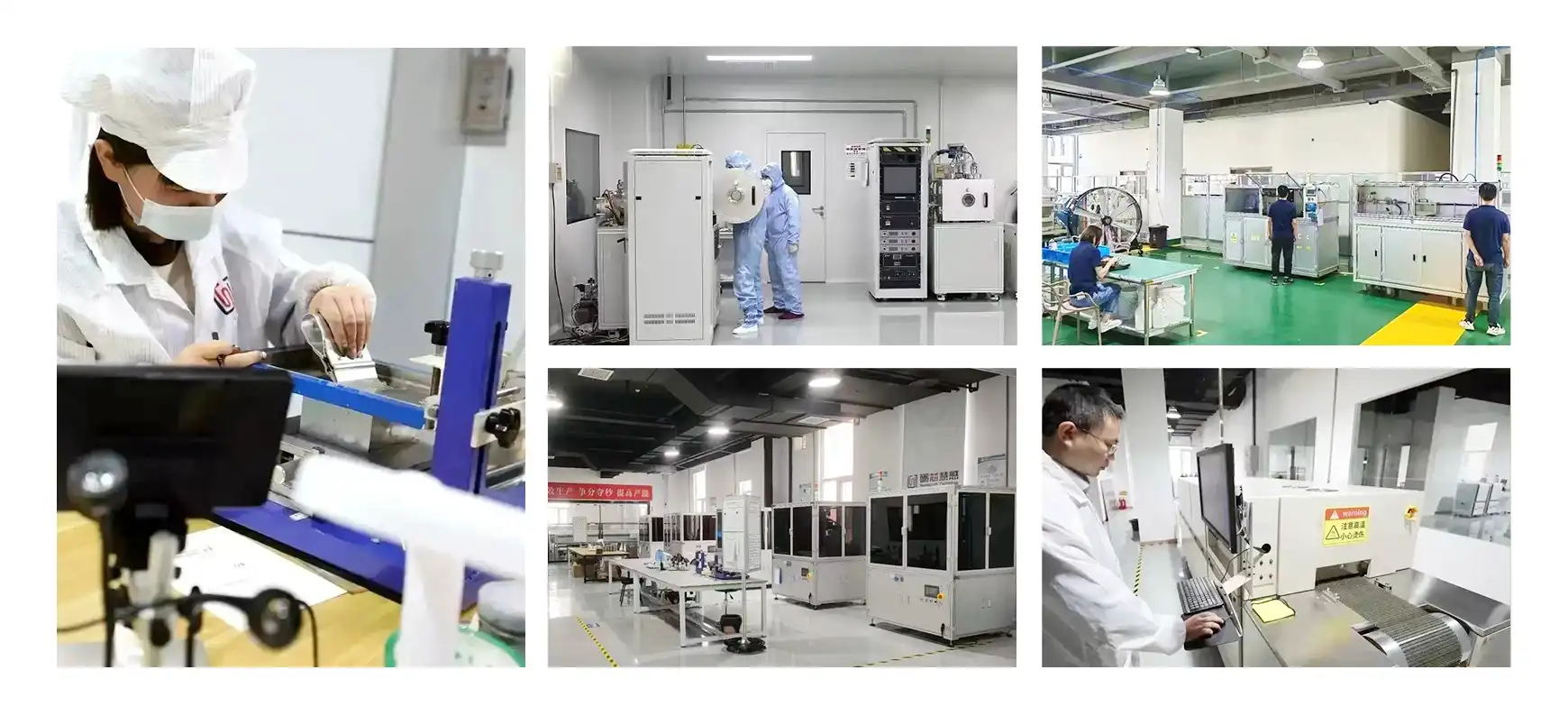
Applications and Future Trends in High Current Thermal Resistor Sensor Technology
Diverse Industrial Applications
The progressions in tall current warm resistor temperature sensor innovation have extended their appropriateness over different businesses. In the car segment, these sensors play a vital part in motor administration frameworks, making a difference to optimize fuel proficiency and decrease outflows. The aviation industry depends on their exactness for basic temperature observing in airplane motors and aeronautics frameworks.
In industrial processes, these sensors are indispensable for maintaining precise temperature control in chemical reactions, metallurgy, and food processing. Their ability to withstand extreme conditions makes them ideal for use in oil and gas exploration, where they can accurately measure temperatures in deep-sea drilling operations.
Integration with IoT and Industry 4.0
The future of tall current warm resistor temperature sensors is closely tied to the Web of Things (IoT) and Industry 4.0. The integration of these sensors with advanced interfacing permits for real-time information collection and investigation. This capability is significant for prescient upkeep procedures, where early discovery of temperature peculiarities can avoid hardware disappointment and decrease downtime.
As industrial processes become more automated, the role of these sensors in feedback control systems becomes increasingly important. Their high accuracy and fast response times enable more precise control of temperature-dependent processes, leading to improved product quality and energy efficiency.
Emerging Trends and Future Developments
Looking ahead, the development of high current thermal resistor temperature sensors is likely to focus on further miniaturization and increased functionality. There is a growing interest in multi-functional sensors that can measure temperature alongside other parameters such as pressure or humidity, all within a single compact device.
Another zone of improvement is in self-calibrating sensors, which may altogether diminish upkeep prerequisites and make strides long-term exactness. Furthermore, inquire about into modern materials and fabricating methods may lead to sensors with indeed more extensive temperature ranges and more noteworthy resistance to extraordinary conditions.

Conclusion
The field of high current thermal resistor temperature sensor technology continues to evolve rapidly, driven by the demands of increasingly complex industrial processes and the need for more precise temperature control. These advancements have resulted in sensors that are more accurate, durable, and versatile than ever before.
As we look to the future, the integration of these advanced sensors with IoT and AI technologies promises to unlock new possibilities in process optimization and predictive maintenance. For industries seeking to leverage these cutting-edge temperature measurement solutions, staying informed about the latest developments is crucial.
To learn more about state-of-the-art high current thermal resistor temperature sensors and how they can benefit your specific application, please contact our team of experts at sales11@xatzd.com. Our specialists are ready to provide you with tailored solutions that meet your unique temperature measurement needs.
